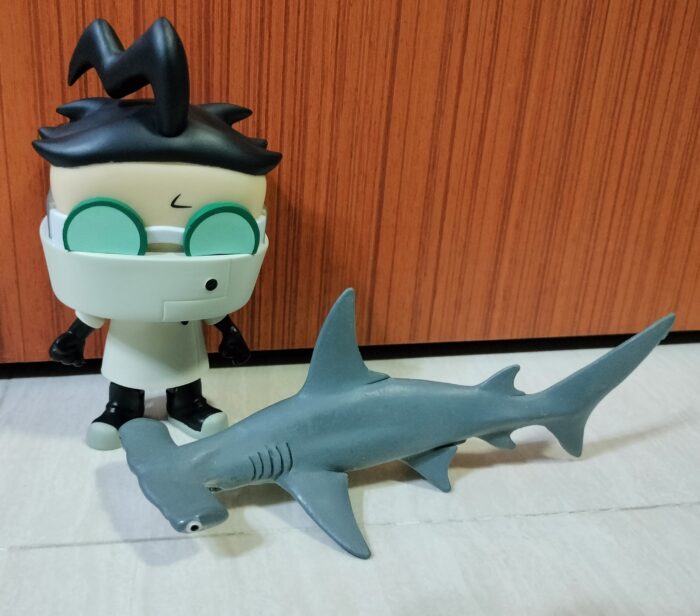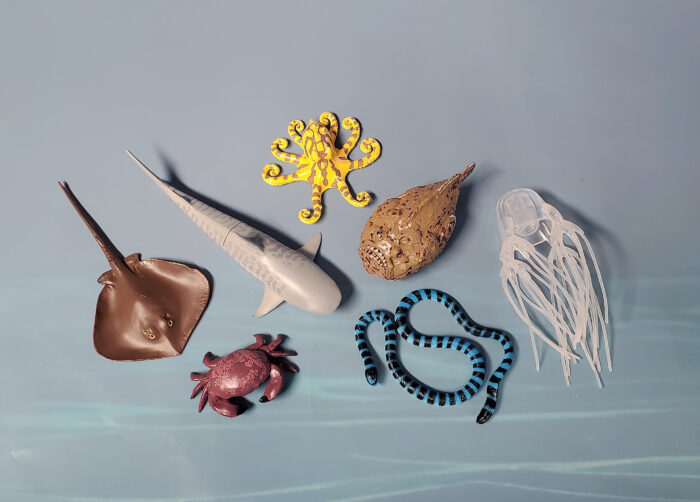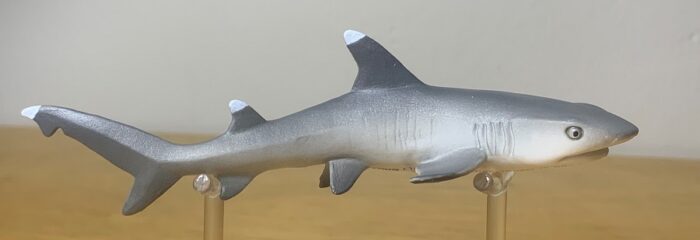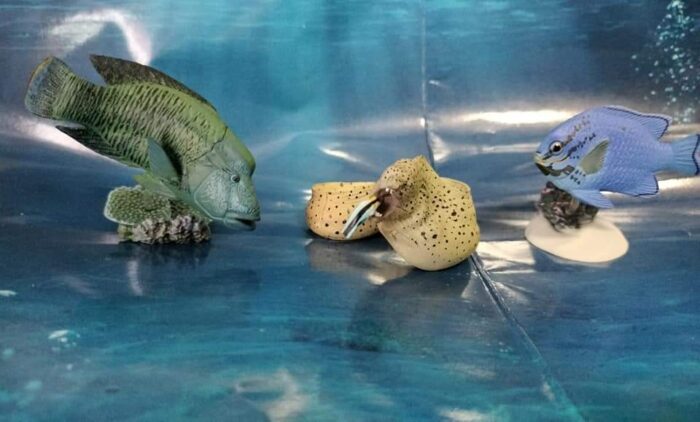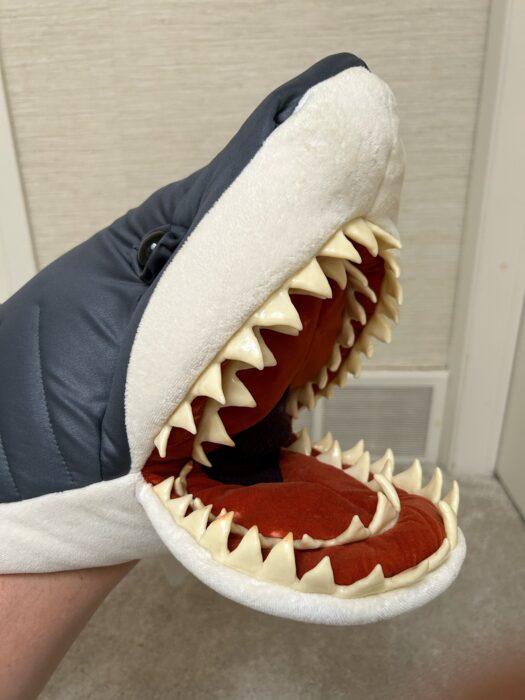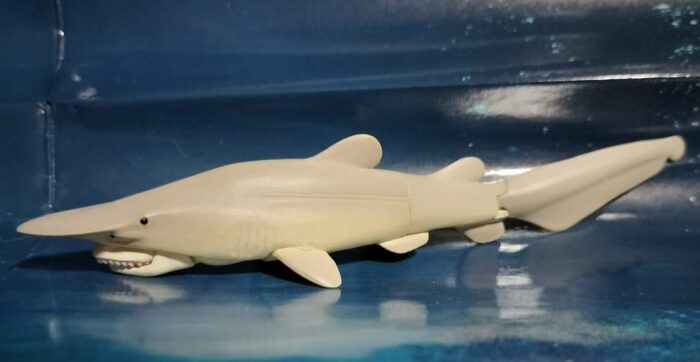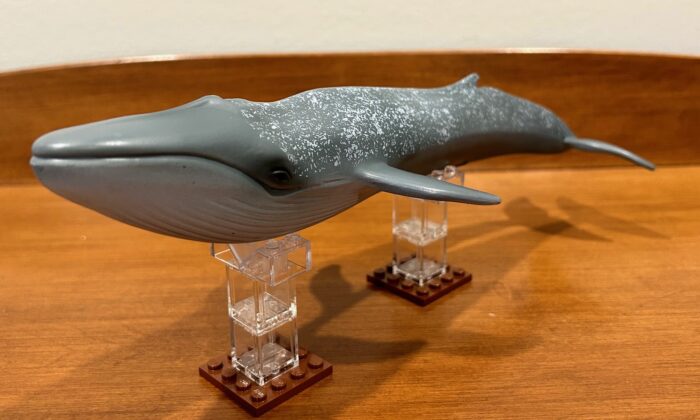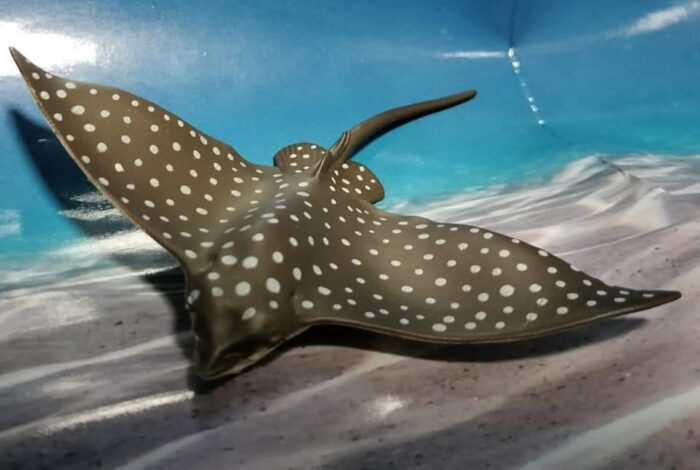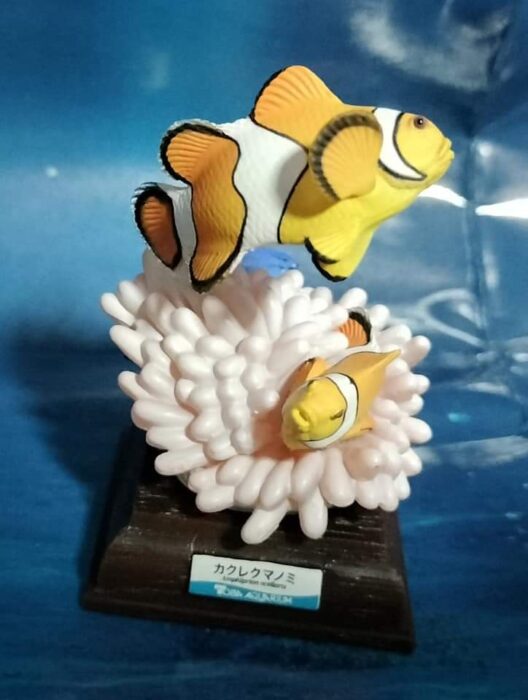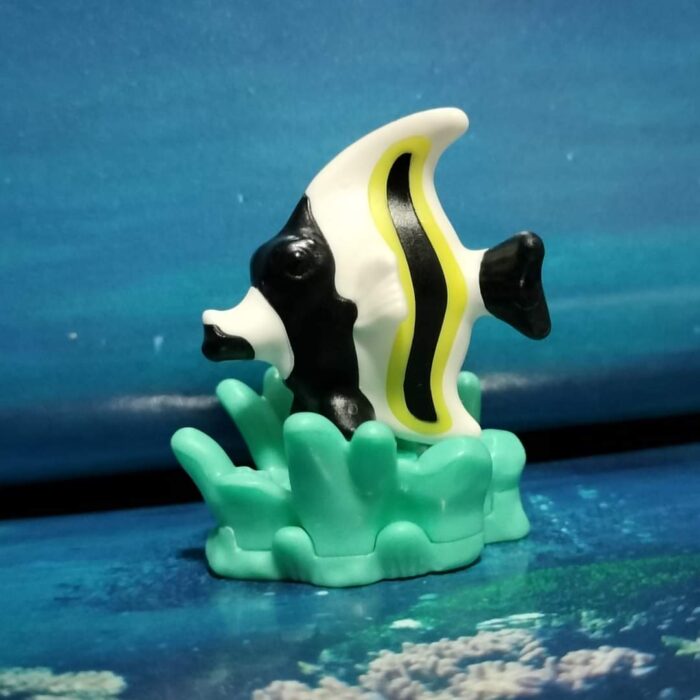Review and images by JimoAi; edited by bmathison1972
The great hammerhead (Sphyrna mokarran) is the largest of all hammerhead sharks, attaining lengths of 400-600 cm in the largest specimens, though they mostly average smaller. Outside of their great size, their most distinctive features are their cephalofoils being relatively smooth, tail fin, and tall dorsal fin, which can get up to 180 cm in the largest and most extreme cases, although it is rare nowadays.

